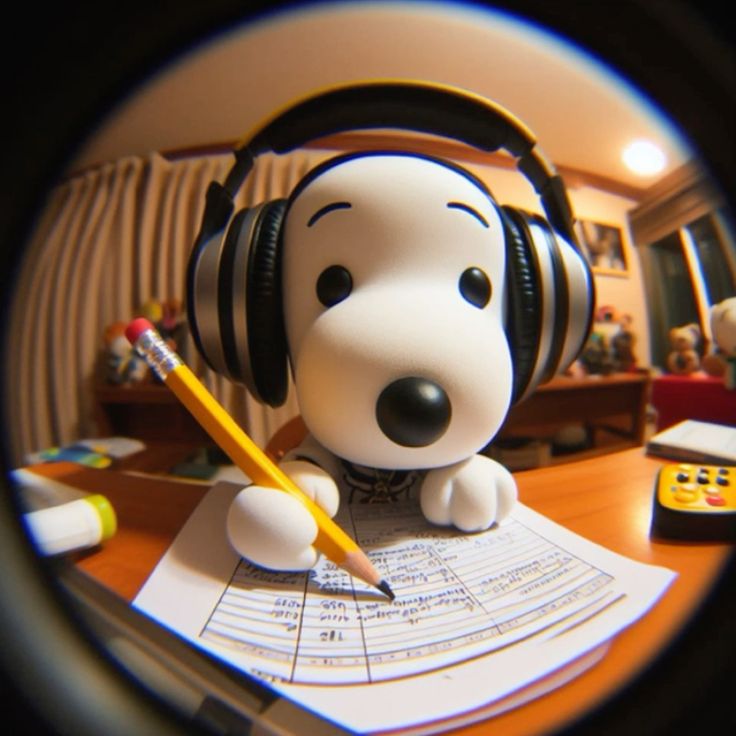Blood
Cards (25)
- Blood acts as a transport system
- Blood consists of plasma, platelets, white blood cells and red blood cells
- Plasma is the liquid component of blood
- Plasma is a pale yellow liquid that contains dissolved substances such as glucose, proteins, and salts
- Plasma helps to distribute heat throughout the body and to maintain homeostasis, or biological stability, including acid-base balance in the blood and body.
- Plasma carries red blood cells, white blood cells and platelets around the body
- Plasma carries water around the body
- Plasma carries digested products like glucose and amino acids from the gut to all the body cells
- Plasma carries carbon dioxide from the body cells to the lungs
- Plasma carries urea from the lungs to the kidneys ( where it's removed in the urine )
- Plasma carries hormones around the body - these act like chemical messengers which are sent into the blood
- Plasma carries antibodies around the body - these are proteins involved in the body's immune response
- Red blood cells have the job of carrying oxygen
- Red blood cells transport oxygen from the lungs to all the cells in the body
- The structure of a red blood cell is adapted to its function
- Red blood cells are small and have a biconcave disc shape to give a large surface area to volume ratio for absorbing and releasing oxygen
- Red blood cells contain haemoglobin, which is what gives blood its colour - it contains a lot of iron
- In the lungs, haemoglobin combines with oxygen to become oxyhaemoglobin and in body tissues the reverse happens to release oxygen to the cells
- Red blood cells don't have a nucleus - this frees up space for more haemoglobin, so they can carry more oxygen
- As red blood cells are small and very flexible, they can easily pass through the tiny capillaries
- Digested food products like glucose and amino acids need to be transported from the gut to all the body cells
- Carbon dioxide needs to be transported from the body cells to the lungs
- Urea needs to be transported from the liver to the kidneys - where it's removed in the urine
- Hormones act like chemical messengers
- Antibodies are proteins involved in the bodies immune response
